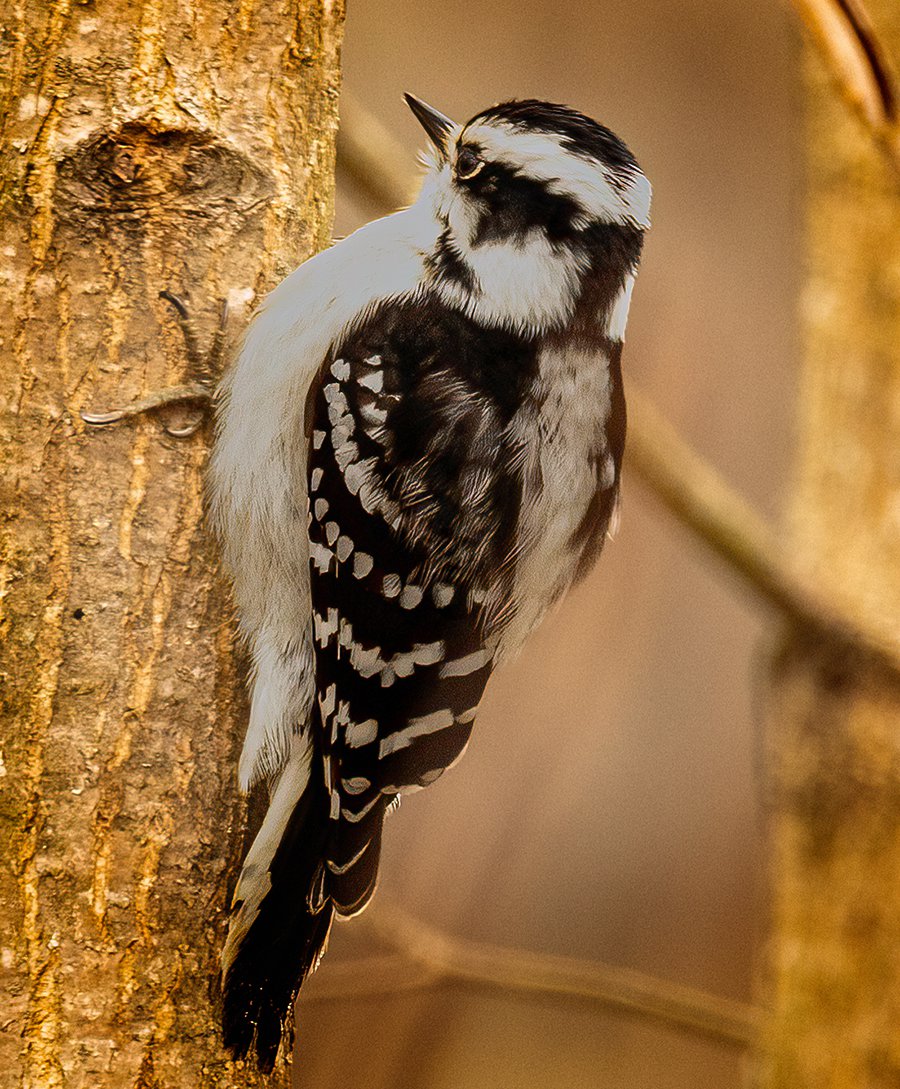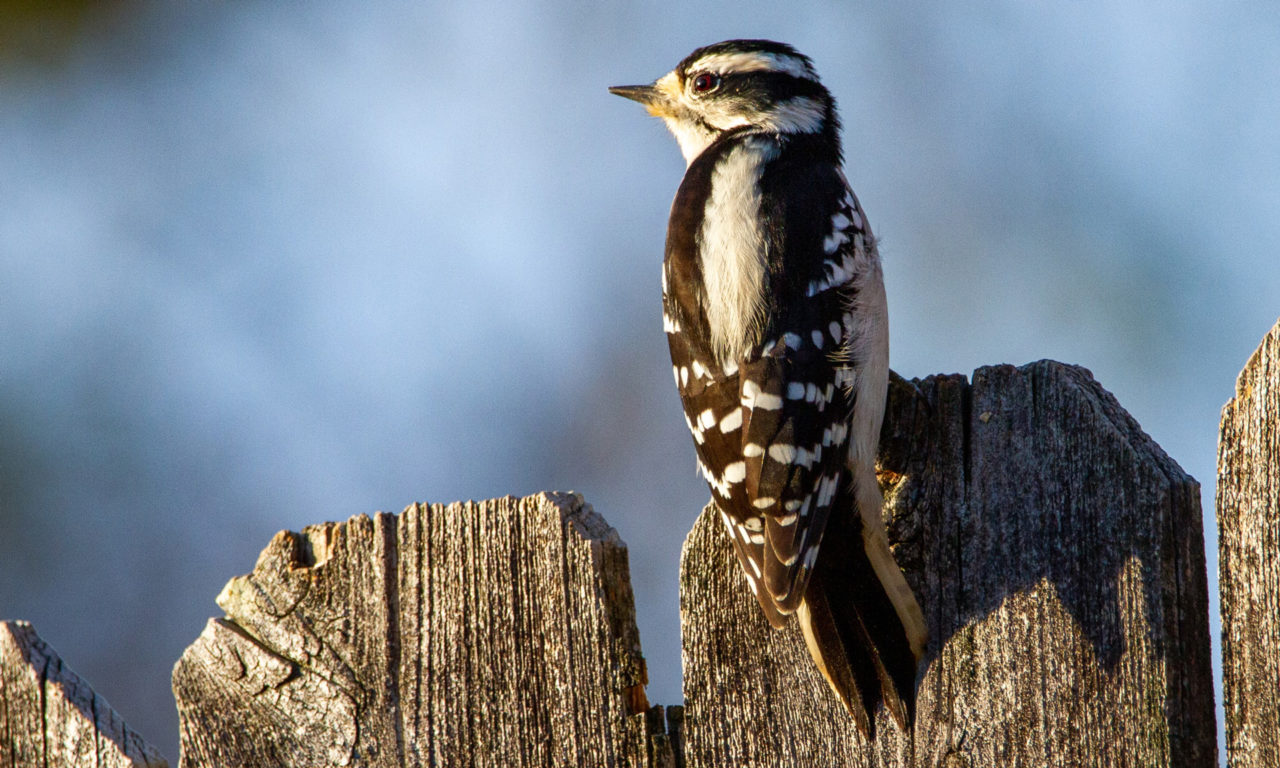Woodpeckers in Florida: Identification Tips and Environment Preferences
Woodpeckers in Florida: Identification Tips and Environment Preferences
Blog Article
Unveiling the Keys of Woodpeckers: Behavior, Environment, and Much More
Woodpeckers, with their one-of-a-kind habits and specialized adjustments, have actually long fascinated researchers and nature enthusiasts alike. By discovering the mysteries surrounding woodpeckers' behavior and habitat choices, a much deeper understanding of these bird marvels emerges, using a glance into their interesting world.
Woodpecker Actions Insights
In checking out woodpecker behavior, a remarkable display of specialized skills and adjustments arises, dropping light on their impressive environmental particular niche. Woodpeckers, understood for their unique drumming on trees, have a range of behavioral characteristics that contribute to their survival and success in their atmosphere.
In addition, woodpeckers display an unique feeding habits identified by their capability to essence insects from tree bark using their specialized beaks. Their long, barbed tongues aid in capturing victim, while their solid neck muscles give security and accuracy throughout pecking movements. This feeding technique allows woodpeckers to gain access to surprise insect larvae and extract them with exceptional efficiency.
Environment Preferences and Choice
What elements affect the habitat choices and option of woodpeckers? Woodpeckers are very adaptable birds known to inhabit different atmospheres worldwide. However, they do show preferences for particular environment characteristics. One critical factor influencing woodpecker habitat choice is the accessibility of appropriate nesting sites. Woodpeckers commonly like forests with a mix of mature trees that offer adequate chances for cavity excavation. These tooth cavities function as vital nesting and roosting websites for woodpeckers and are essential for their breeding success.
Furthermore, woodpeckers show a choice for environments with a bountiful supply of food resources. They are primarily insectivorous, feeding upon beetles, ants, larvae, and various other pests discovered in worn out timber or tree bark. Consequently, woodpeckers have a tendency to favor woody locations with a varied insect population to fulfill their dietary needs.
In addition, the existence of dead or decaying trees is an additional essential consider woodpecker environment option. These trees not just supply food resources yet additionally supply ideal substratum for cavity excavation. Dead trees are important for the upkeep of healthy woodpecker populations, as they play a crucial duty in the woodpeckers' life process and community characteristics.
Feeding Behaviors and Diet Regimen Composition
Woodpeckers demonstrate a specialized feeding behavior concentrated on foraging for insects within various environments. In enhancement to pests, woodpeckers also take in tree sap, fruits, nuts, and seeds, adding range to their diet plan depending on the season and schedule of food sources.
The foraging methods of woodpeckers are well-adapted to their arboreal lifestyle. Woodpeckers play a vital role in maintaining the wellness of forests by controlling insect populaces and helping in the decay of wood.
Drumming Appears and Interaction
Making use of fast drumming noises on numerous surfaces, woodpeckers utilize an unique type of communication to indicate territory boundaries and attract mates. This drumming actions is not just a way of communication however also offers as a means for woodpeckers to establish their visibility within a certain area. The strength, rate, and pattern of the drumming can communicate important information to various other woodpeckers in the area.
Woodpeckers utilize drumming sounds to reveal their existence in an area and to warn off prospective trespassers. The loud and recurring nature of the drumming acts as a clear signal to various other woodpeckers that view the location is already claimed. This helps in decreasing problems and lessening physical fights in between people.

Survival Adaptations and Specialized Composition

Conclusion
Finally, woodpeckers show one-of-a-kind actions, such as drumming noises for interaction, and have specialized anatomy for survival in their selected habitats. Their feeding practices and diet plan composition even more show their flexibility to different environments. By understanding these elements of woodpeckers, researchers and conservationists can much better safeguard and maintain these interesting birds and their ecological communities.
Report this page